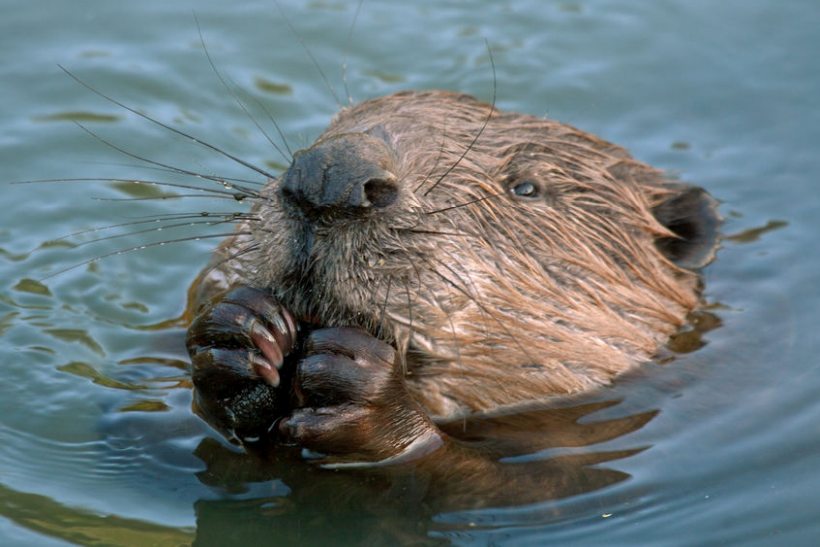
The number of beavers has more than doubled in Scotland to around 1,000 animals, according to a new survey, amid concern for the animals' potential to destroy productive farmland.
The NatureScot survey also found that the beaver population is in a rapid expansion phase as they spread out from Tayside, with territory numbers more than doubling to 251.
That population now ranges from Glen Isla to Dundee and Stirling, Forfar to Crianlarich, and is likely to expand into Loch Lomond in the future.
The survey, carried out last winter, is the largest, most comprehensive and authoritative survey of beaver numbers and their range ever conducted in Britain.
It gathered detailed information on the locations of active territories, as well as assessing the health and spread of the overall population.
Robbie Kernahan, director of Sustainable Growth, said that news of an increasing beaver population was 'great news for nature in Scotland'.
"Beavers play a vital role in creating and restoring wetlands where other species can thrive, reducing downstream flooding and improving water quality.
"We also hope that many people in Scotland will enjoy spotting these sometimes elusive but fascinating animals, as they become more common.”
The survey comes as farming groups in Scotland have warned that farmland could be destroyed by beavers burrowing or dam building on or near productive land.
NatureScot outlined the measures that farmers were doing to reduce these negative impacts of beaver activity, showing that 68 active mitigation projects - such as tree protection and installing flow devices in beaver dams - were recently completed.
To prevent serious damage to agriculture, 31 beavers were trapped and moved to licensed, enclosed reintroduction projects in England, 56 beaver dams were removed, and 115 beavers lethally controlled.
These numbers are consistent with 2019, when over nine months, 15 beavers were trapped and moved to Knapdale or trial reintroduction projects in England, and 87 beavers were shot by trained and accredited controllers.
This covered the period from 1 May 2019, when beavers were granted European Protected Species (EPS) status by the Scottish Government, to the end of 2019.
Mr Kernahan admitted that beavers may cause severe problems in some areas, particularly for crops on prime agricultural land.
"This is reflected in the number of cases where mitigation measures were needed, such as fencing and flow devices or dam removal, as well as in the number of beavers which had to be trapped and moved or controlled under licence this past year.”
